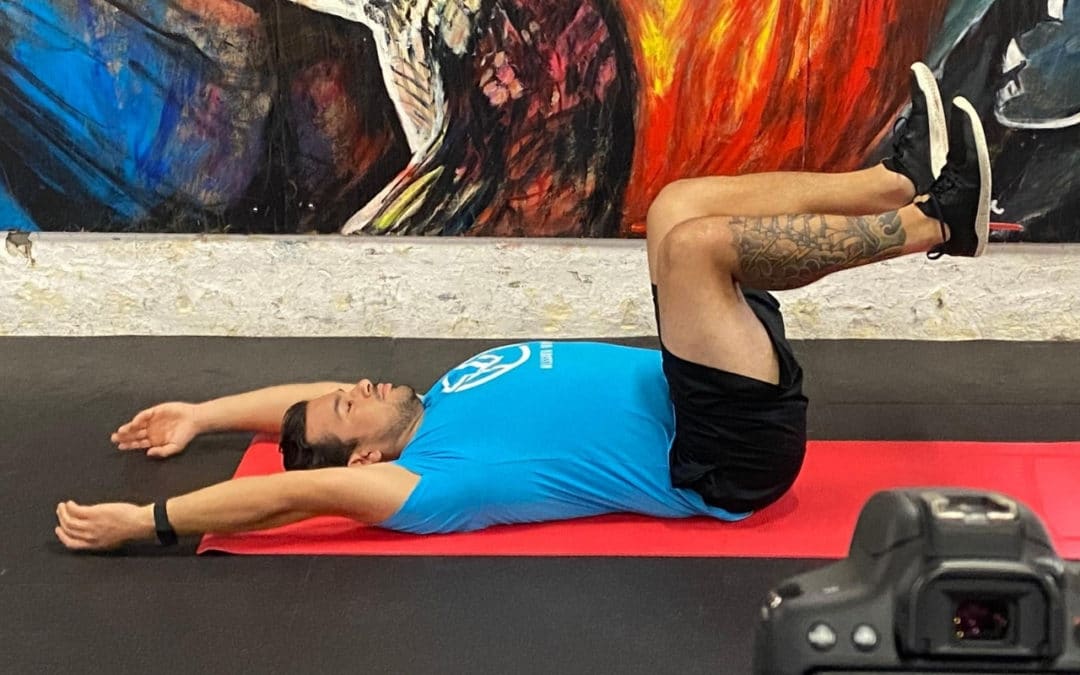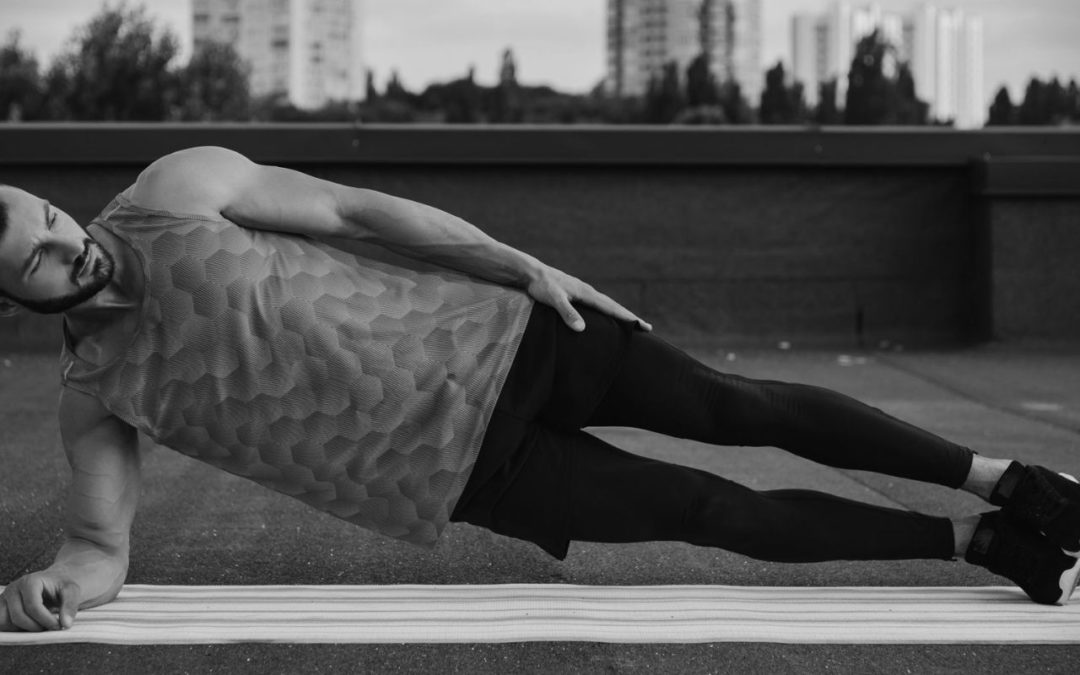Building an accessory program is a great idea if your training isn’t well balanced or if you have specific goals that aren’t being met. This article is the final part of a series all about how to build and implement accessory programs for functional training like Crossfit.
Accessory Programming Series
This post is part of our series on accessory programming for functional training programs like Crossfit. Click the links to view other posts in this series:
-
-
- Anti-Rotation Movements
- Rotation Movements
- Horizontal Pulling Movements
- Lateral Movements
- Unilateral Movements
- How to Build Accessory Programs – You are here
-
How to build an accessory program for Crossfit
Assess
First things first, you need to know what your gaps are. Take a look at the programming you have been following.
Does it include some of these?
If it does then great, you will have fewer things to cover in your accessory program.
If it doesn’t cover any of them then it’s time to get to planning.
Plan Your Accessory Program
Now that you know what is missing from your current programming it’s time to figure out when to add these movements into your schedule.
If you have some time I do recommend making your Crossfit accessory program its own thing, most of the time adding this type of work will only add 15-30 minutes to a session.
You can add it as a warm-up or a cool down, or split it up and do both.
If you don’t have much time then you can try to build your accessory program into your regular training in a few ways:
1. Super-set accessory movements with your regular lifts
It’s important to note that I don’t recommend combining like movements. This is because you may fatigue yourself too fast by increasing the total volume and reducing your rest time. Keep this in mand as you build an accessory program.
Instead, I recommend super-setting a major lift with an unrelated (or less related) accessory movement.
For example- If you are front squatting you could add a horizontal pull like face pulls or a unilateral upper body movement like a landmine press between sets.
2. Add accessory movements between different lifts
If you are doing more than one lift in a given session than you could sneak a couple of sets of your accessory work in between them.
The same rules apply, you don’t want to take away from your main lifts by fatiguing the same muscle groups so stick with unrelated movements.
3. Replace lifts with accessory movements
In certain cases replacing your big lifts with some of these accessory movements can actually lead to bigger gains in the future.
For example – Take barbell squats away and replace them with a unilateral alternative like Bulgarian split squats (not discussed above).
Initially, you would need to drop down in weight because you’re only using one leg and you would need to develop adequate control.
If you stick with it and develop form over time, you will become very strong in this unilateral movement. You will also notice a dramatic, if unexpected, increase in back squat strength.
The new coordination and control you develop will help you recruit more muscle fibers in the legs and core while squatting.
Replacing double limb movements with single-leg alternatives is also a great strategy we use to help prevent injuries. Build accessory programs with this in mind and you can create huge gains while staying healthy. WIN WIN!
4. Do your Crossfit accessory program on your off days
You can do this easier if you are only Crossfitting 3 or 4 days per week but it obviously gets harder with fewer rest day possibilities.
I also want to urge caution with this approach. If you are accustomed to only a few training sessions per week and you jump immediately into 5 or 6 you will spike your acute workload which can lead to overtraining and injuries. So, add to your training regimen slowly.
The advantage to this is that “rest” days typically shouldn’t be full off days. In general, you should move a bit every day and accessory programming can be excellent recovery work as long as it isn’t terribly intense.
Summary
Functional training programs like Crossfit have done some amazing things for people. They have taught functional movements to masses of people and improved their quality of life.
But they aren’t perfect.
In fact, no training method can be perfect while trying to cater to everything.
Unfortunately, that means it’s up to you as the athlete to make sure you are taking care of all the bases.
Building accessory programs along with your functional training is a great way to make sure you are including movements that are necessary for your health.
Our ultimate goal at Mission MVMT is to help you move better for a lifetime. Which is why we want to share 5 free sessions of our daily mobility training program with you.
Sign up for our mailing list on the form below and receive your free sessions right away.




